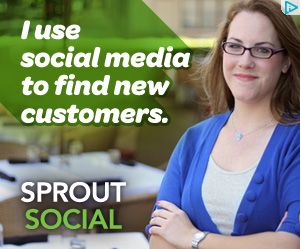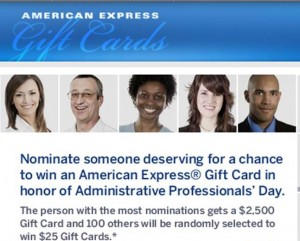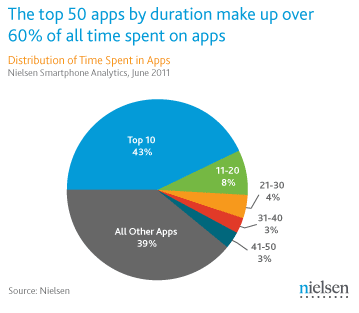Study: Text and image-based posts are best performers for Facebook mobile pages
 With over 350 million active mobile users across 475 wireless operators worldwide on Facebook’s mobile sites, marketers wonder which tactics they should be using to generate higher engagement levels. But also Facebook’s new iPad app and their mobile site shows that also Facebook knows about the value mobile offers to their business.
With over 350 million active mobile users across 475 wireless operators worldwide on Facebook’s mobile sites, marketers wonder which tactics they should be using to generate higher engagement levels. But also Facebook’s new iPad app and their mobile site shows that also Facebook knows about the value mobile offers to their business.
A new study by Vitrue shows how people are using Facebook on their mobile devices. It also explains how they are interacting with brand. The study finds that text and image-based posts on Facebook brand pages in mobile generate the highest engagement levels (21.5% and 20.4% of “Likes”).
Video, applications and Flash animation are following the leading types of posts in performance. The traditional site tend to generate higher interaction rates for video, apps and Flash. The reason might be the larger screen and better bandwidth.
The study concludes that shorter posts are better for mobile Facebook pages. Short posts of not more than 70 characters received more Likes and comments than longer ones. Likes increased 4.3% on shorter posts, and comments even jumped up to 31%.
Commenting and liking on Facebook seems to be growing these days. In general, mobile Likes as a proportion of all Facebook Likes increased from 18% to 24% during the three-month period while mobile comments rose from 9% to 20% of all comments.
Thursday through Sunday were best times for Facebook marketers in mobile. The later part of the week and the weekend were the best times for brands to increase Likes on mobile Facebook pages. Thursday and Saturday peaked on „Likes“ and Tuesday reached a low. Friday achieved highest rate of comments.
Liking in hourly mobile spikes between 10 p.m. and 11 p.m. and 1 a.m. EST was the best time, and then the afternoon hours. Comments were quite similar with peak activity at three specific times: 1 a.m., 6 p.m. to 7 p.m., and 9 p.m. to 10 p.m.
Spot on!
Mobile keeps us up to date on and with Social Media. And the buzz effect seems to be working on mobile alongside the growth of your audience. Vitrue separated brand pages in two groups: Those with more than 100,000 fans and those with more than 1 million fans. The group with 1 million fans was driving higher engagement rates. Large fan pages saw a higher percentage of comments from mobile than less popular ones (4.51% vs. 3.23%).



 Can we access the internet if we have nothing to drink anymore, if our water is poluted? No, we can not! Sometimes, adults should ask themselves about, and quickly start to re-think, the values that they hand over to our kids. I am happy to have spoken with mine about this topic last year around the
Can we access the internet if we have nothing to drink anymore, if our water is poluted? No, we can not! Sometimes, adults should ask themselves about, and quickly start to re-think, the values that they hand over to our kids. I am happy to have spoken with mine about this topic last year around the 

 Is this a good sign for the acceptance of social media in the business world? The use of Twitter as a business and marketing tool has increased from 31% to 61% among Europe’s top business leaders, finds a recent study by CNBC.
Is this a good sign for the acceptance of social media in the business world? The use of Twitter as a business and marketing tool has increased from 31% to 61% among Europe’s top business leaders, finds a recent study by CNBC.



